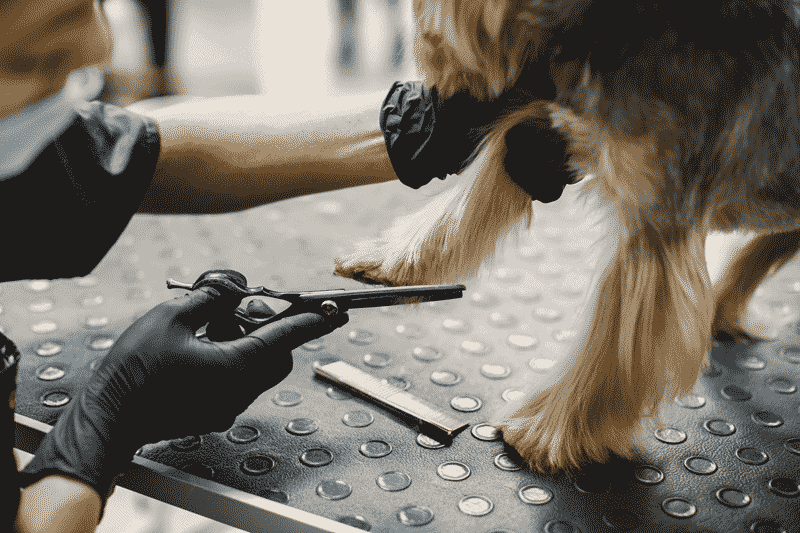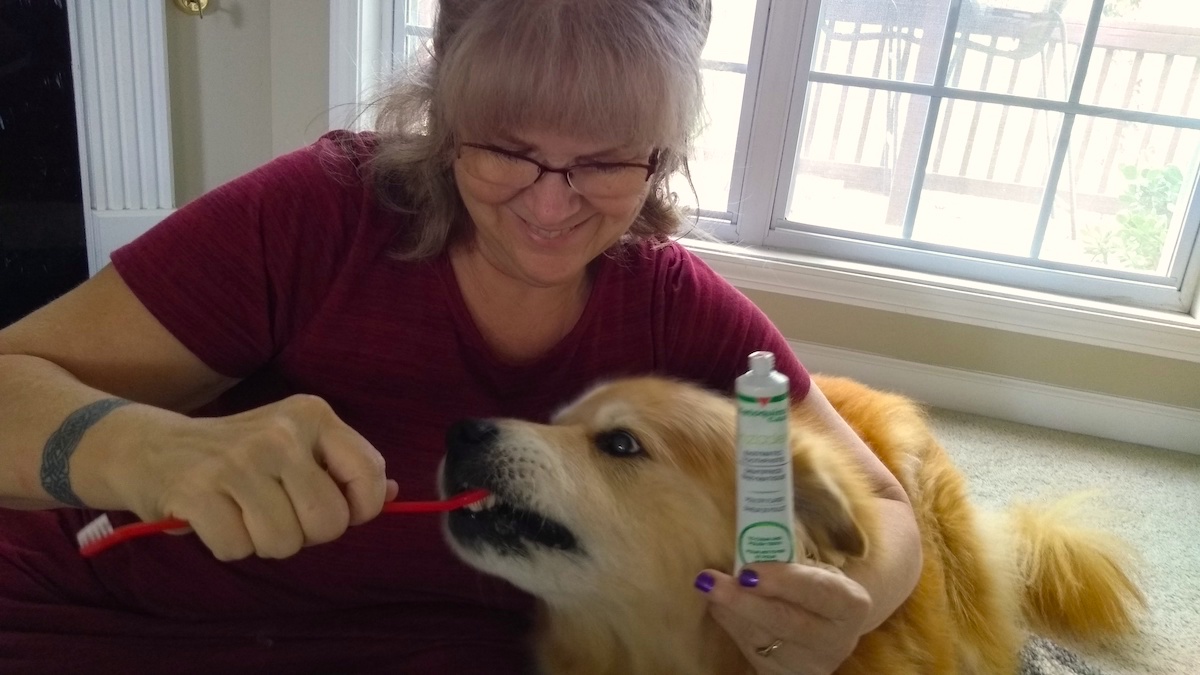
Dog Not Eating: Potential Causes, Diagnosis & Solutions
When your dog won’t eat, the medical term is ‘anorexia.’ However, this is not the same eating disorder attributed to humans. Anorexia in dogs describes a complete loss of appetite. Is your dog not eating? That means they could be ill, so it is essential to seek veterinary care.
Even if your dog isn’t eating as much as the label on the dog food you purchase suggests, they may be perfectly healthy. Many dogs thrive on only 60-70% of what packaging recommends, but that too is a question for your pet’s health professional.
Below, we delve into the potential causes, diagnosis, and solutions for a dog not eating.
Why Is My Dog Not Eating
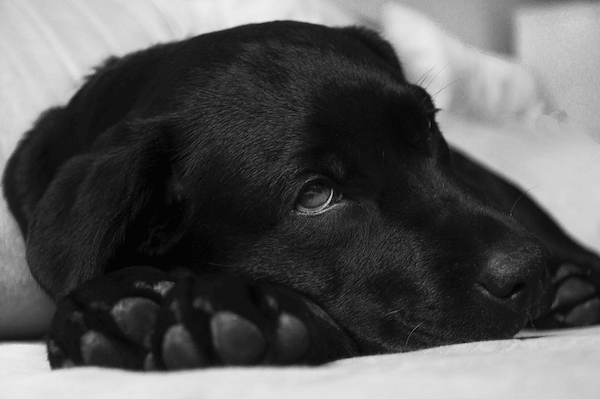
Just like with humans, there can be many reasons why a dog will not eat. Only your veterinarian knows for sure, so you must communicate this sudden change in your pet’s eating habits to them.
We contacted Liz Koskenmaki, DVM from Burbank, California, to find out more about this.
This is a difficult question because every possible illness I have encountered in veterinary medicine can result in a dog not eating: kidney disease, liver disease, hypothyroidism, Addison’s disease, cancer, pain from a spine injury or arthritis, severe allergies, pain from an ear infection, dental disease, etc. Other less pathological issues include anxiety, overfeeding (people complain their dog doesn’t finish his meals or are picky, and yet the dog is overweight), tummy upset from eating something inappropriate and so on.
Liz Koskenmaki
Doctor of Veterinary Medicine, Media City Animal Hospital
Still, in no particular order, these are 10 of the most common reasons why your dog will not eat:
1. Scent
Dogs were born to sniff, so smell is what attracts your four-legged friend to food. If he doesn’t like the smell or if the food has gone rancid, you may have a dog not eating food and instead, turning his nose up at it altogether!
“The percentage of the dog’s brain that is devoted to analyzing smells is actually 40 times larger than that of a human! It’s been estimated that dogs can identify smells somewhere between 1,000 to 10,000 times better than nasally challenged humans can,” says Stanley Coren, neuropsychological researcher, and writer on the intelligence, mental abilities, and history of dogs.
Simply put, if a dog can’t smell it or doesn’t like what he smells, he’s not interested.
10 Best Wet Dog Food Brands to Keep Your Pup Hydrated - This review of 10 of the best wet dog food brands to buy for your pooch features information on the food's ingredients, price range, pros, cons, and more.
2. Upset Stomach
Dogs are curious creatures and eat items not intended for consumption. If you leave something interesting on the floor or even a counter or tabletop, your dog may consider it fair game. This can include plants, toys, articles of clothing, rocks, bugs, just about anything.
Eating something he shouldn’t might cause your dog to feel uncomfortable. He may not want to eat until whatever is in his gut has passed through the intestines and out of his body or even vomited up!
Keep dangers out of paws’ reach, and if you suspect your pet has eaten anything sharp, poisonous, or that could be causing a blockage, get him to the veterinary at once!
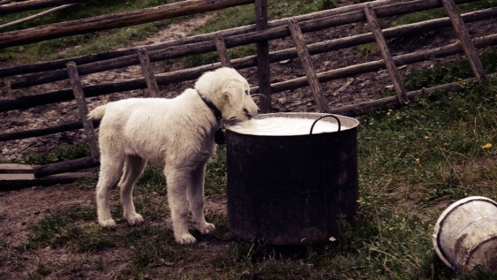
3. Lack of Exercise
You work out, and you get hungry. Same goes for your dog. Dogs who exercise daily or who have naturally high energy levels are often more eager to eat than their house-bound, overweight, or older counterparts.
If you’re wondering how to get a dog to eat, we got you! Grab a leash, put on your tennis shoes, and go for a walk together.
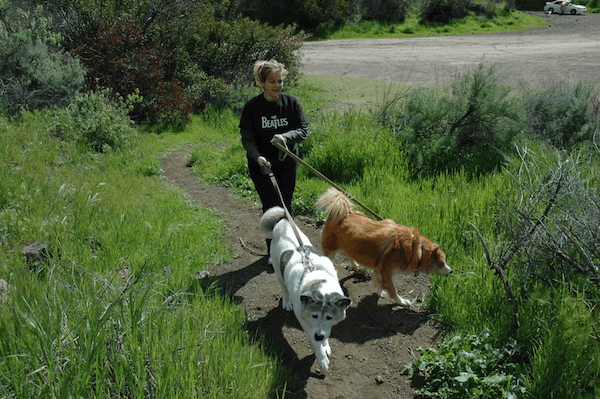
4. Genes
Some dogs are voracious eaters and don’t come up for air once they dive into their food bowl. Other dogs sniff, walk away, and come back, only picking at their food.
You can scratch your head all you want, but how to get a picky dog to eat might be a real challenge. Especially when there is no real explanation for his disinterest.
5. Change of Surroundings
Dogs are creatures of habit. If your pooch accompanied you on a recent trip or cross-country move, or even just came to live with you from a shelter, he may be confused and out of sorts by the change.
When surroundings are unfamiliar, dogs act in unpredictable ways but generally return to normal once they realize that all is okay in their world.
Some dogs get ‘car sick,’ and although they may not actually vomit, their tummies may be queasy during and after a road trip. Giving them ginger snap cookies 20 minutes before a trip often helps ease the discomfort.
6. Weather
Some dogs aren’t hungry when the weather is hot, but do make sure your pup keeps on drinking so that he doesn’t become dehydrated. When it’s cold, he may crave comfort food (like humans do), but don’t let it pack on the pounds!
Dehydration in Dogs: Causes, Symptoms & Treatment - Summer heat can be a real danger for your dog. We teach you how to recognize dehydration in dogs, as well as how to prevent and treat it.
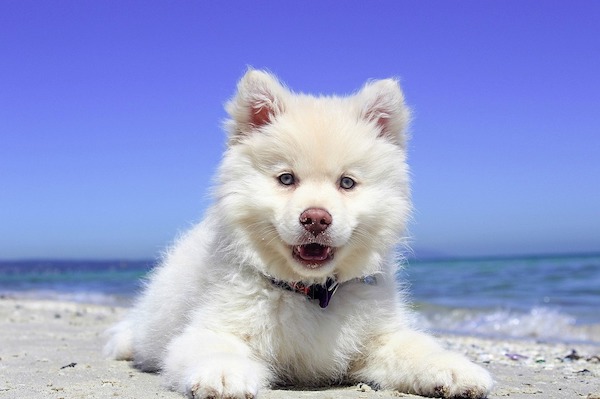
7. Behavior Issues
Some dogs are picky eaters, but if the routine has changed due to a new baby or pet joining the family, even dogs with good appetites may not eat. When a pet feels stress or anxiety coming from humans or even the loss of another family pet, they may temporarily lose their appetite.
8. Vaccination
Did your dog just get his annual shots? Vaccinations have saved the lives of millions of pets, yet they have adverse effects on some.
Most of the time, the side effect is minor and short-lived, including a temporary loss of appetite. If, however, your dog has trouble breathing, you notice swelling, hives, seizure or collapse, call your veterinarian at once!
9. Dental Problems
Your dog may not want to eat because it hurts to do so! Do you brush his teeth regularly and take a look in his mouth at least once a week? If not, you may be missing the signs of gum disease, a broken tooth, or an abscess. This may be causing your best pal pain and preventing him from taking in nutrition.
Top 10 Best Dog Toothpaste Choices for a Healthy Puppy (Vet Recommended) - These 10 dog toothpastes all promise healthy pearly whites and a fresh breath for your dog. Let's find the best dog toothpaste for any pooch together!
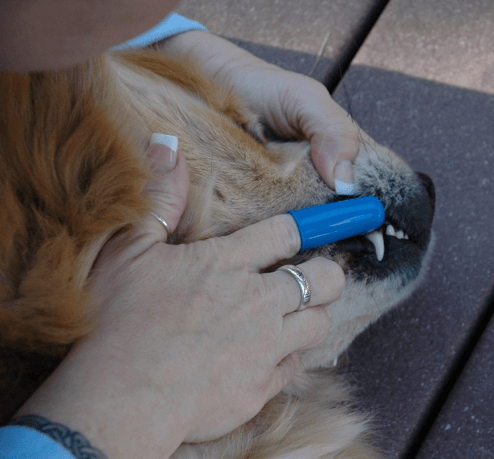
10. Illness
A decreased or sudden total lack of appetite in dogs (aka anorexia) is often a sign of sickness. If your dog is not eating, it may be a symptom of a bigger problem. Take your dog to the veterinarian anytime your gut tells you something is not right or if your dog won’t eat for more than 48 hours.
How to Diagnose Why Dog is Not Eating
You can categorize most of the reasons as to why your dog has a loss of appetite by food and lifestyle or a behavioral/medical issue.
- Dry food stays fresh for about 30 days once opened and then loses its appeal or can even turn rancid. Are you buying too much at once?
- Canned food is only good for 3 days after opening, even in the refrigerator. Are you feeding beyond that time?
- Did you change your pet’s food recently or could he have gotten into something he should not have?
- Has something in his lifestyle changed or has the temperature heated up?
Heat Stroke in Dogs: How to Recognize, Prevent and Treat It - Heat stroke in dogs is a condition that shouldn't be treated lightly. We teach you how to identify it, treat it, and prevent it.
“Yes” answers to any of the above could imply that the problem is food or lifestyle related, but if you answered “No” to these questions, there is a possibility of illness.
The first thing anyone should do if their dog isn’t eating normally is to bring their pet in for a veterinary exam. Once the underlying problem is addressed and the dog is feeling better, eating won’t be an issue.
Liz Koskenmaki
Doctor of Veterinary Medicine, Media City Animal Hospital
At the vet’s office, your dog will be examined and possibly given a CBC (complete blood count), urinalysis, and fecal examination. This is to rule out diseases that affect the taste and smell of foods.
Jennifer Coates, DVM and frequent contributor to PetMD.com, explains:
Conditions such as kidney disease, inflammatory bowel disease and liver disorders can reduce the dog’s sense of smell and taste, but any disease that makes a pet feel nauseous or weak can reduce his desire to eat. Most conditions can be identified through some combination of a good physical examination, lab work, and imaging studies (e.g., X-rays or ultrasound).
What to Do if Dog is Not Eating
Some dogs can go a week without eating [but not without water] with no ill effects, but I have many clients who freak out if their dog only ate half his dinner. They worry about the anorexia (the not eating) instead of what might be causing it.
Liz Koskenmaki
Doctor of Veterinary Medicine, Media City Animal Hospital
Some dogs won’t eat their meal as they are holding out for treats or other goodies. Ways to get a picky dog to eat include keeping him on a rigid schedule and limiting snacks between meals. Feed your dog twice a day, picking up the food after 10 minutes if he doesn’t eat, and stick to a regular schedule.

Another family pet dining in the same vicinity might stress a dog not eating food. Make sure you create separate eating areas or stagger feeding times to keep peace in the household.
Pay attention to the little things that mean so much. Practice the Goldilocks Principle by getting things’ just right’ for your canine. Is your dog’s bowl too big or too small? Does it move around on the floor or rattle when he’s eating? If he has a doggie table, make sure it is the right height for his stature.
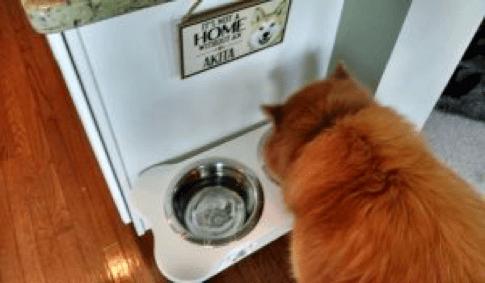
If illness caused your dog’s loss of appetite, his doggie doc would likely recommend a diet that will meet his nutritional needs while addressing the underlying problem. Some prescription diets are not tasty, while others must be fed via syringe or in liquid form.
Warming food to your pet’s body temperature (100°F but no higher) or adding a little warm water will enhance its aroma and possibly pique your dog’s interest. This strategy is also useful with senior dogs whose sniffers aren’t as keen as they once were.
Other solutions include offering dinner after an enjoyable walk together, hand-feeding portions of the meal, and praising your pup to encourage him to keep on eating.
Coates adds in her PetMD article:
If a dog won’t eat a particular food, try a different brand or formulation. Older dogs (over 7 years of age) may enjoy a senior diet as these foods are made to be more palatable for dogs that may have a reduced sense of smell. You can also try adding small amounts of other foods to encourage him to eat.
Potent smelling fish oils (Omega 3s), honey, and salt-free chicken broth are good choices. Research continues, but adding CBD products to a dog’s daily routine can boost some canine appetites. Talk to your vet to see if hemp oil might be a good fit for your pet.
Conclusion
When your dog is not eating, it could be a simple digestive upset, or it may be quite severe. Since dogs don’t choose to go on diets as humans do, they don’t stop eating in hopes of dropping a few pounds. Consider anorexia (dog not eating) a symptom of something wrong.
If you haven’t changed your pet’s food or shaken up his lifestyle, you should contact your veterinarian promptly. Take your dog to the clinic for an exam and testing. It’s the best way to ensure he’ll be happy and healthy by your side for years to come.
Have you ever searched on your computer, “why dog is not eating” out of concern for your pet? What were the circumstances, and how did you encourage him to eat? Was a veterinary visit in order? Please share your experience. Every dog is unique, but we can all learn from each other how to be even better dog moms and dads!
DENISE FLECK is an award-winning author, animal care instructor and radio show host. She was named one of Pet Age Magazine’s “Women of Influence” for 2018, a “Most Inspiring Story” in 2017 by Voyage Atlanta Magazine and has been nominated for 6 Dog Writers Awards to be announced in early 2019.
Read more »



